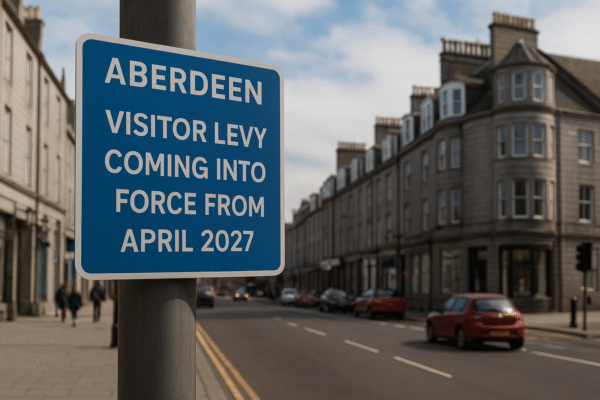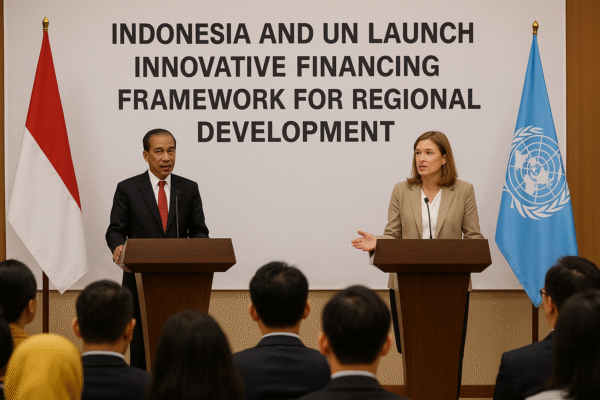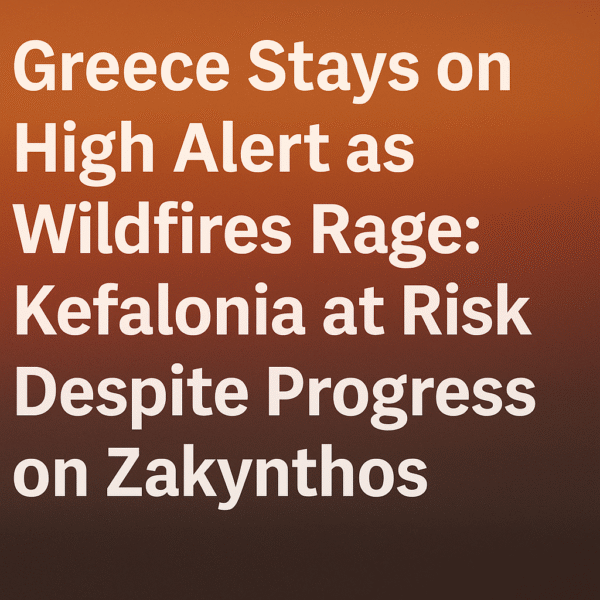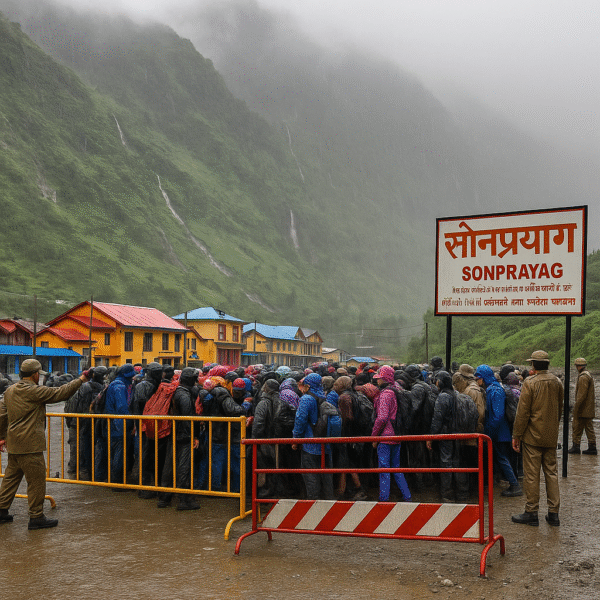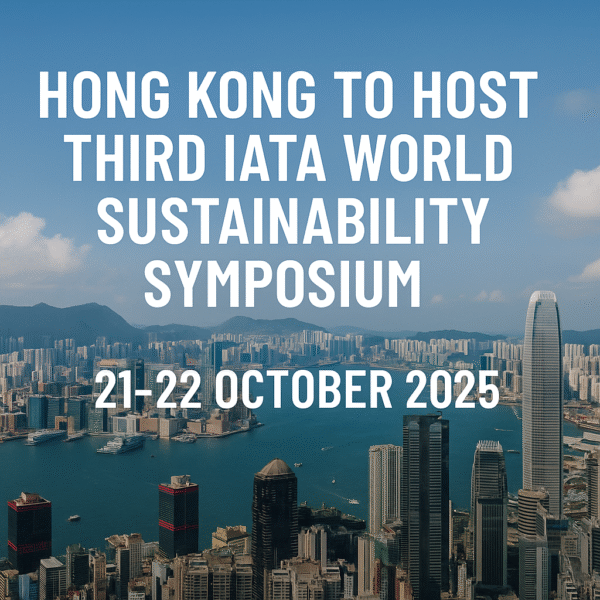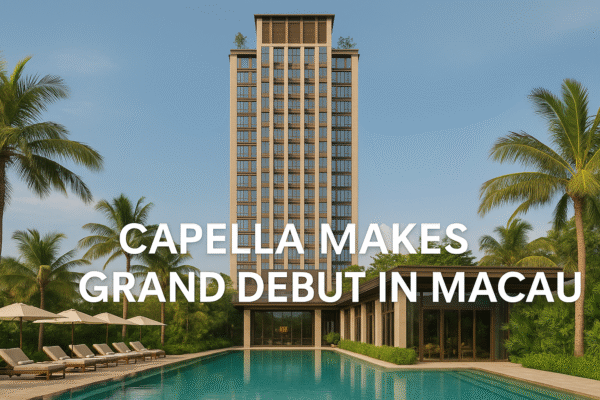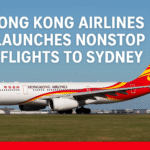Luxury Travel in 2025: Resilient, Experience-Driven, and Evolving Amid Global Economic Uncertainty
As the global economy weathers another wave of uncertainty, the luxury travel sector remains a beacon of resilience. With inflationary pressures, rising operating costs, and shifting geopolitical landscapes shaping 2025, both domestic and international luxury tourism are adapting with agility. Yet despite these challenges, high-net-worth travelers continue to prioritize immersive experiences, cultural connection, and premium service—proof that luxury travel is not merely surviving, but evolving.
Economic Uncertainty and Traveler Confidence
Although fluctuating tariffs and economic headwinds are putting pressure on household budgets and business margins, affluent travelers remain committed to exploration. According to recent data from global hospitality consultants and financial institutions such as Bank of America, luxury travelers are showing sustained intent to spend on travel—particularly experiences that add value and meaning to their lives.
The luxury sector, historically known for its resilience, has adapted by pivoting toward more localized and personalized offerings. Short-term fluctuations in international bookings are being offset by growing interest in domestic, high-end getaways, especially in the United States.
The Rise of the American Road Trip and Localized Luxury
In the U.S., domestic travel is not just surviving—it’s flourishing. Over 70% of Americans plan to travel in summer 2025, with road trips emerging as a top choice among luxury travelers. What began as a pandemic-era necessity has matured into a lifestyle trend. High-income individuals are opting for luxury resorts in natural settings, boutique stays near national parks, and wellness retreats within driving distance.
Hoteliers across the U.S. are responding with hyper-local experiences. From Napa Valley vineyard tours and Charleston’s Gullah cultural walks to Sedona’s spiritual retreats and Maine’s lobster-pairing dinners, the message is clear: destination authenticity sells. Booking patterns also reveal that travelers are committing later, with shorter lead times. This means hotels need to be agile in targeting last-minute decision-makers through digital marketing and loyalty programs.
Experience-Based Travel: A Core Differentiator
Luxury travel in 2025 isn’t about five-star ratings alone—it’s about five-sense experiences. Discerning travelers now seek out curated adventures, like wildlife photography safaris in Montana, private surfing lessons in Hawaii, and foraging-to-table chef experiences in the Pacific Northwest.
U.S. properties are capitalizing on this trend by offering experience bundles—think hot air balloon rides with champagne brunch or hands-on mixology classes using local botanicals. These experiences increase guest satisfaction, drive longer stays, and generate word-of-mouth appeal.
Rising Costs vs. Rising Expectations
With tariffs pushing up the cost of imported goods, U.S. hotel operators are facing steeper expenses for essentials like linens, toiletries, and maintenance supplies. However, travelers appear willing to absorb some of the cost—if the value proposition is clear. The more personalized and locally grounded the experience, the more guests are inclined to invest.
Hospitality brands are also focusing on sustainability, another priority for the luxury market. Eco-conscious offerings, such as plastic-free rooms, electric vehicle charging stations, and community-driven conservation projects, are resonating particularly with younger affluent demographics.
International Luxury Travel: Europe and Asia Lead the Rebound
Globally, Europe continues to dominate luxury travel demand. Destinations such as Italy, France, and the UK are drawing American and Asian travelers eager to reconnect with cultural landmarks, art, and cuisine. According to the European Travel Commission, luxury hotel bookings in cities like Rome, Paris, and London are already exceeding 2019 levels.
Southeast Asia is another luxury hotspot. Thailand, Vietnam, and Indonesia are leveraging their rich heritage and tropical appeal to attract high-income visitors from the U.S., Australia, and China. With upgraded airport infrastructure, private villa developments, and expanded wellness tourism offerings, the region is poised for significant growth.
Marketing to the Luxury Segment: The Experience Economy Abroad
International properties are using the same successful tactics as their U.S. counterparts: emphasizing experience-based, culturally immersive travel. Tailored offerings such as private art exhibitions in Florence, Balinese purification rituals in Ubud, and chef-led truffle hunts in Provence cater to the luxury traveler’s desire for authenticity.
Luxury travel marketing is shifting toward storytelling—highlighting emotion, exclusivity, and transformation. Hotels are partnering with local artisans, chefs, historians, and guides to create once-in-a-lifetime moments. Private yacht charters, concierge-led heritage tours, and bespoke wellness journeys are becoming standard offerings rather than add-ons.
Conclusion: Thriving Amid Change
The luxury travel sector in 2025 proves remarkably adaptable. While inflation and geopolitical tensions shape consumer behavior, they are not eroding the core desire to travel. Rather, they are prompting innovation and deeper guest engagement.
For U.S. and international hoteliers alike, the focus should be on enhancing the traveler experience through personalization, sustainability, and cultural immersion. By doing so, luxury properties can continue to attract loyal high-spending guests—even amid economic uncertainty.
Ultimately, luxury travel is not just about destinations—it’s about connection, purpose, and memory-making. And that’s a business model that thrives, even in turbulent times.
For more travel news like this, keep reading Global Travel Wire




